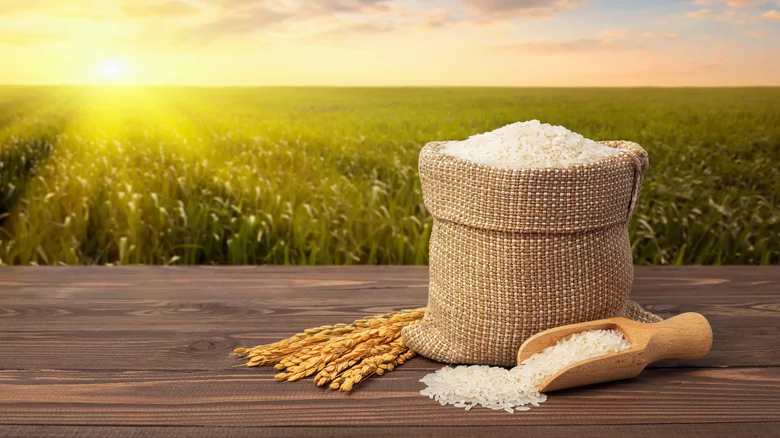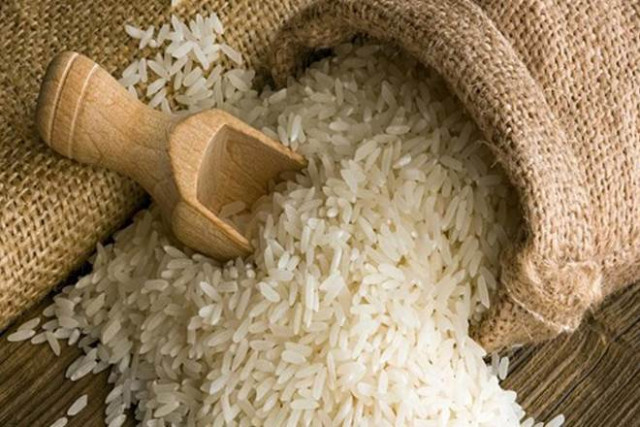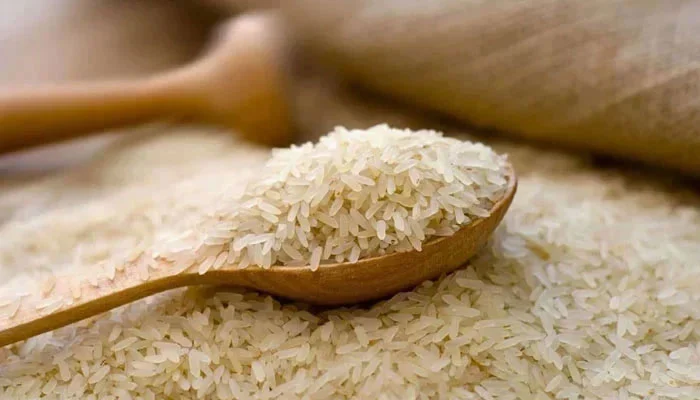Tags
‘Rice planters will lose income if padi land converted for industry’

PETALING JAYA: A controversial plan by the Kedah Mentri Besar to convert 20% of padi land in the state could see Malaysia having to import an extra 306,000 tonnes of rice each year.
It will also displace about 11,400 farmers who would lose their source of income, contradicting the state’s plan to increase the income of ordinary Kedahans, say food and agriculture experts.
These are just some of the adverse impacts of a plan by Datuk Seri Muhammad Sanusi Md Nor to turn 20% of all padi land – or nearly 43,000ha – in Kedah into industrial zones. He has claimed such a move would help increase the state’s coffers.
“Where will these farmers go? They are not qualified to work in other industres except padi farming,” said agriculture expert Prof Dr Fatimah Mohamed Arshad.
“By taking away their farms, the state will send these farmers into poverty,” said Fatimah, who is part of Universiti Putra Malaysia’s Institute of Tropical Agriculture and Food Security.
“Why should we import rice when we already produce it?”
According to the Agriculture and Food Security Ministry, Kedah produces about 44%, or 914,000 of the 2.356 million tonnes of rice grown nationwide.
Malaysians consume about 2.7 million metric tonnes of rice per year, according to a 2016 Khazanah Research Institute finding. Of the total, 70% is produced locally while the rest is imported.
In an interview with The Star on May 21, Sanusi blamed Kedah’s poverty on the fact that it has been designated as the nation’s rice bowl, and that much of its land is used for padi farming.
He said this affected the state’s revenue as taxes on farm land was low, despite the crop’s importance.
In order to overcome this, Sanusi proposed to turn 20% of the estimated 214,300ha of padi land into industrial zones, which would command higher land taxes and revenue.
Sanusi also wanted to increase the yield from the remaining plots.
“We can’t keep guaranteeing food supply for others while we remain poor. The one who guarantees food supply should be the wealthiest,” Sanusi said.
Another food security expert Nur Fitri Amir Mohammad said Sanusi was right when he said that Kedah’s farmers were poor but felt the Mentri Besar’s solution was wrong.
“His proposal would turn land-owning farmers and entrepreneurs into wage earners,” said Nur Fitri Amir, coordinator of the Food Security and Sovereignty Forum, a group of experts and scholars working on agriculture reform.
“The solution is to reform practices in rice production and to invest in more infrastructure to increase the yield,” said the secretary of PeSAWAH, a rice farmers’ civil group.
Fatimah also said Kedah’s poverty was due to poor management by its leaders, as the state had natural resources like farm land, fishery areas and forests.
It also has tremendous opportunity for cross border trade with Thailand, she said.
However, its economic output in gross domestic product (GDP) was about RM47 billion in 2021, half that of Penang with RM98 billion, despite the fact that the latter is only 11% of Kedah’s size.
“Similarly, Melaka which is about 3% of Kedah in terms of land area has GDP that’s on par with Kedah. This suggests that with the right management of resources, a state can achieve high GDP,” Fatimah said.
“Poor economic performance is mainly determined by domestic policies rather than an external force,” she said.
https://www.thestar.com.my/news/nation/2023/05/24/rice-planters-will-lose-income-if-padi-land-converted-for-industryPublished Date: May 24, 2023





